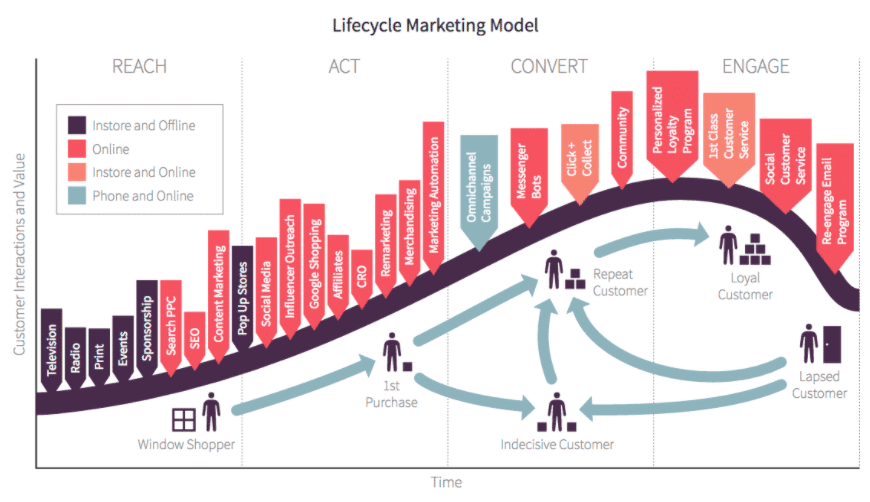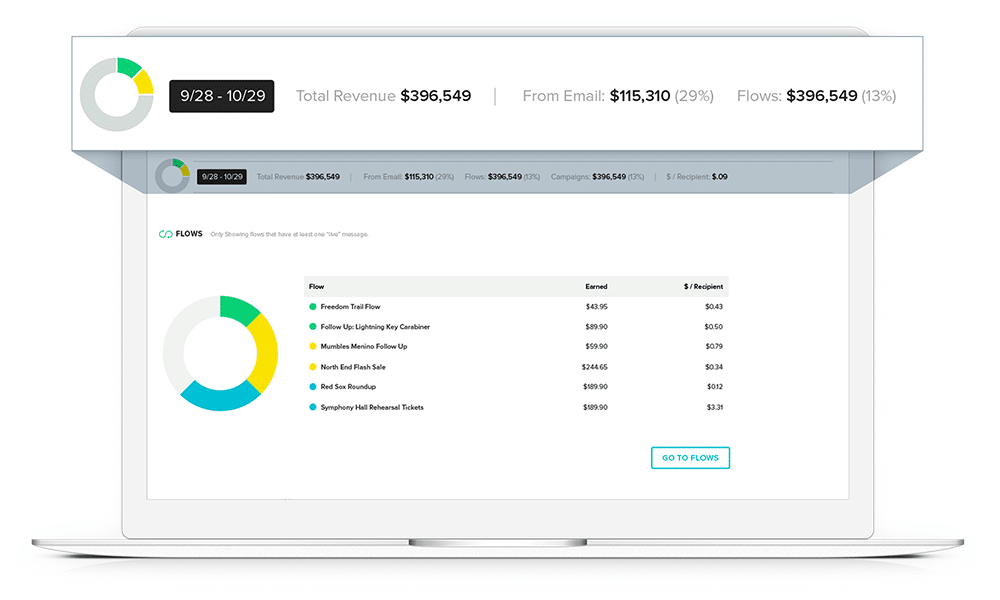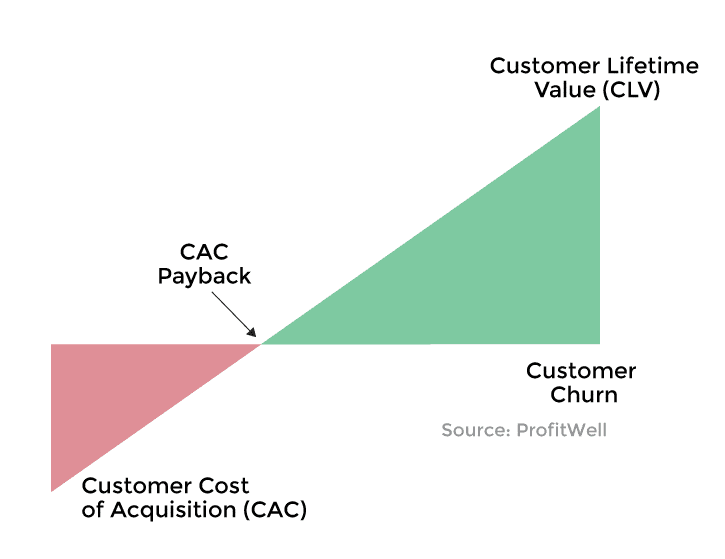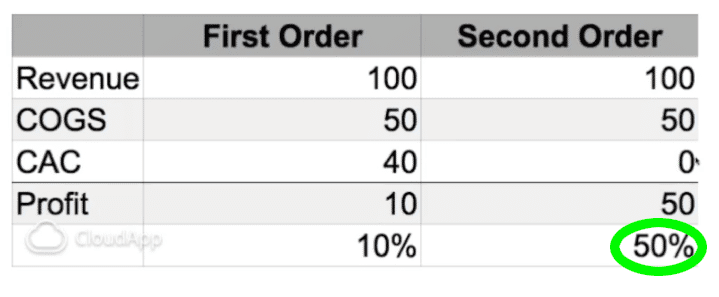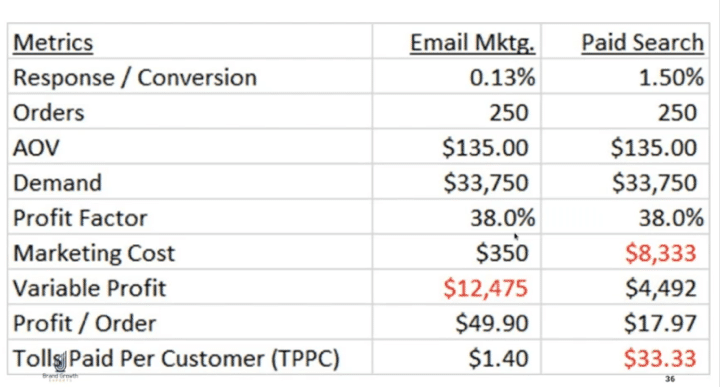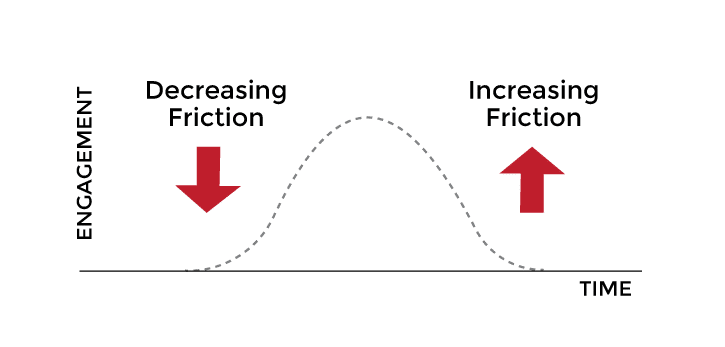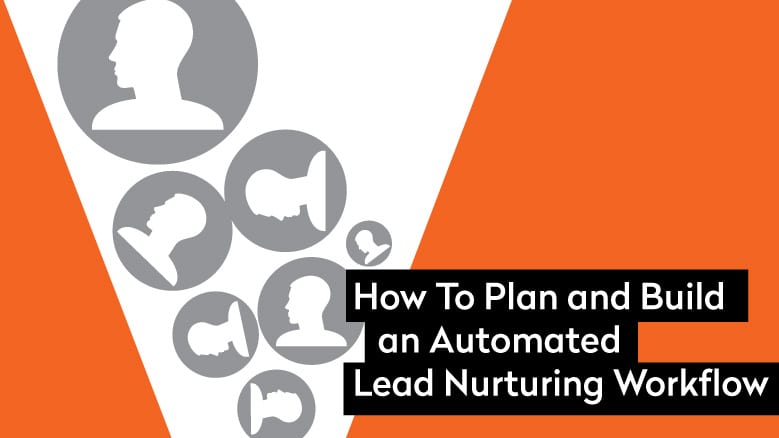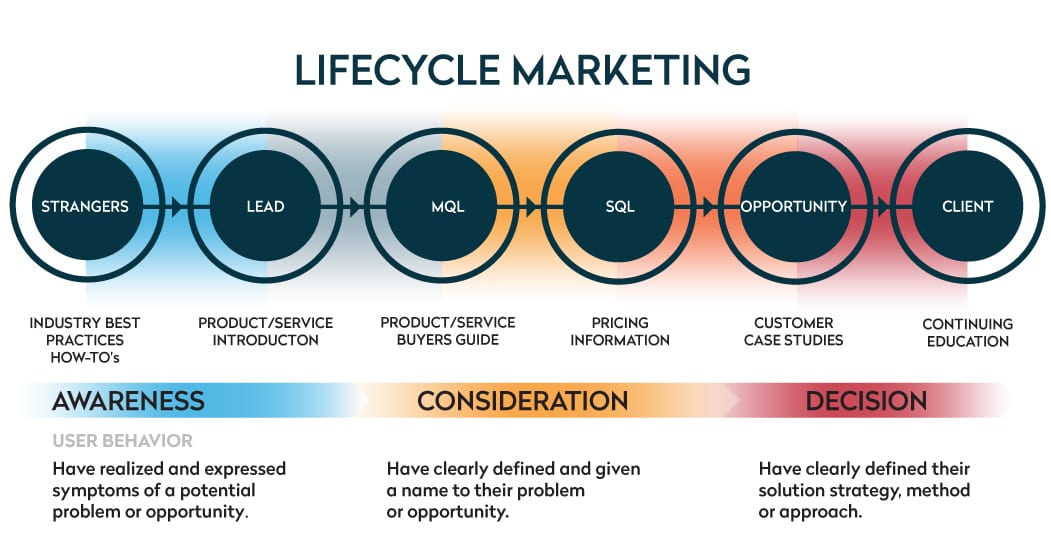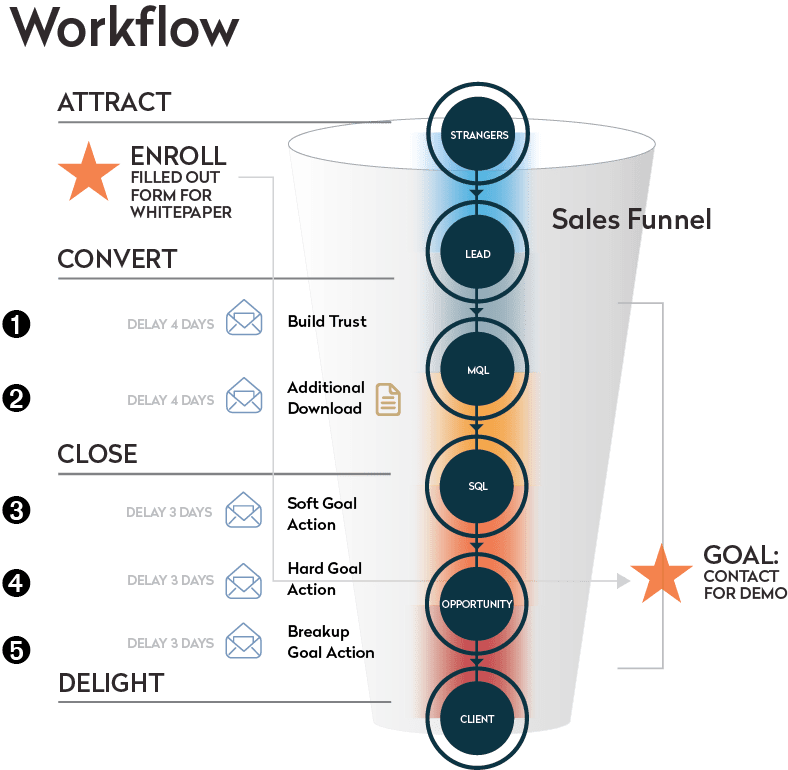
Growth is hard—and expensive. The companies you see growing quickly, have a lot of money and usually have a really cool product. Does this describe you?
When you think about ecommerce—the first thing most people think about is generating a sale. It’s all about the money, right? But what if I told you there’s more to it than that, and your thinking is too linear, and you’re leaving a lot of money on the table by not taking the process further.
In this post, taken from a recent webinar by Austin Brawner, of Brand Growth Experts for Klaviyo—you’ll learn three assertions about how to boost revenue through your e-commerce store via lifecycle marketing.
What is Lifecycle Marketing?
Lifecycle marketing is creating a managed communications or contact strategy to prioritize and integrate the full range of marketing communications channels and experiences to support prospects and customers on their path-to-purchase using techniques such as persuasive personalized messaging and re-marketing. (Source: SmartInsights)
What is Klaviyo?
Klaviyo is a marketing automation platform that helps e-commerce marketers get better results from data-driven marketing. In data-driven marketing, the main objective is to use data to get the right message to the right person at the right time. The best way for a firearm, hunting, and outdoor companies to do so (right now) is by email marketing.
Assertion #1
The fastest way to grow is to outspend and out-convert your competition.
Right now web traffic is a commodity. You can go and cut a check to any industry digital media outlet, Google or Facebook (non-FFL items) to buy traffic. If you can spend $10 where your competitor can only spend $5, you win that customer. And if you can out-convert your competition, this means you are getting more of that traffic and more customers—which means more market share.
Assertion #2
Email marketing (when done correctly) virtually guarantees that you can outspend your competition. To spend more, you need to be able to either convert better or net a greater Customer Lifetime Value (CLV).
To explain this, let’s look at the Cost of Acquisition Payback Model.
What is CAC and Why Should You Care?
To put it simply – CAC is the total cost of sales and marketing efforts that are needed to acquire a customer. It is one of the defining factors in whether your company has a viable business model that can yield profits by keeping acquisition costs low as you scale. (Source: ProftWell)
The Cost of Acquisition Payback Model says that it will cost you money to get a customer (red), but after that customer purchases from you, you begin to break even and start to make that money back—over time. The goal is to move those customers into the (green) through repeat purchases. And the best way to do that is through email. The reason? Email creates more repeat purchases which are more profitable. According to the Direct Marketing Association, it yields an estimated 4,300 percent ROI. Every dollar spent on email marketing offers a return of $44, says ExactTarget.
If you have customers, that are interested in what you’re doing and you’ve won them over with your brand and products, email (right now) is the best way to continue to market to them. In the table below, you can see how one company was able to double purchases—the second order is almost 4x more valuable than the first.
But one of the hardest parts of e-commerce is turning a 1x customer into a repeat buyer. Customer churn is expensive, time-consuming, and taxing. Once you have your customer, you must work hard to keep them engaged.
Repeat business is the key from going to ‘feast or famine’ to stable, predictable revenue—like a SAAS company.
In a second example (below), when compared to Pay Per Click, you can see from this data, the difference between email and paid search, even when the order amounts are the same (250), the profit margin between email and paid is substantial. PPC obviously won’t apply to FFL items—but for scopes, holsters, safes, and other kinds of hunting, outdoor or firearm gear—this can be substantial savings.
Assertion #3
The best way to implement email marketing is via a handful of proven lifecycle marketing campaigns.
When a customer comes to your site, the customer is usually fairly excited and may end up purchasing more than one product from you. But over time, they become less engaged and will need more incentives and better offers to entice them to buy. So your goal as a marketer is to decrease friction with better offers. It’s also smart at this point to augment your email marketing efforts with content or inbound marketing to build/sustain your customer base and influence customer loyalty.
The lifecycle dictates how to market: right offer, right segment, right time.
Conclusion: Master lifecycle marketing, master growth.
Email marketing combined with lifecycle marketing is one of the most powerful tools available to firearm, outdoor and hunting marketers—yet few have implemented it. Investing in a robust email marketing program that is wrapped into lifecycle marketing not only can generate revenue but build your brand and create customers for life.
Interested in seeing how your e-commerce store can be improved?



